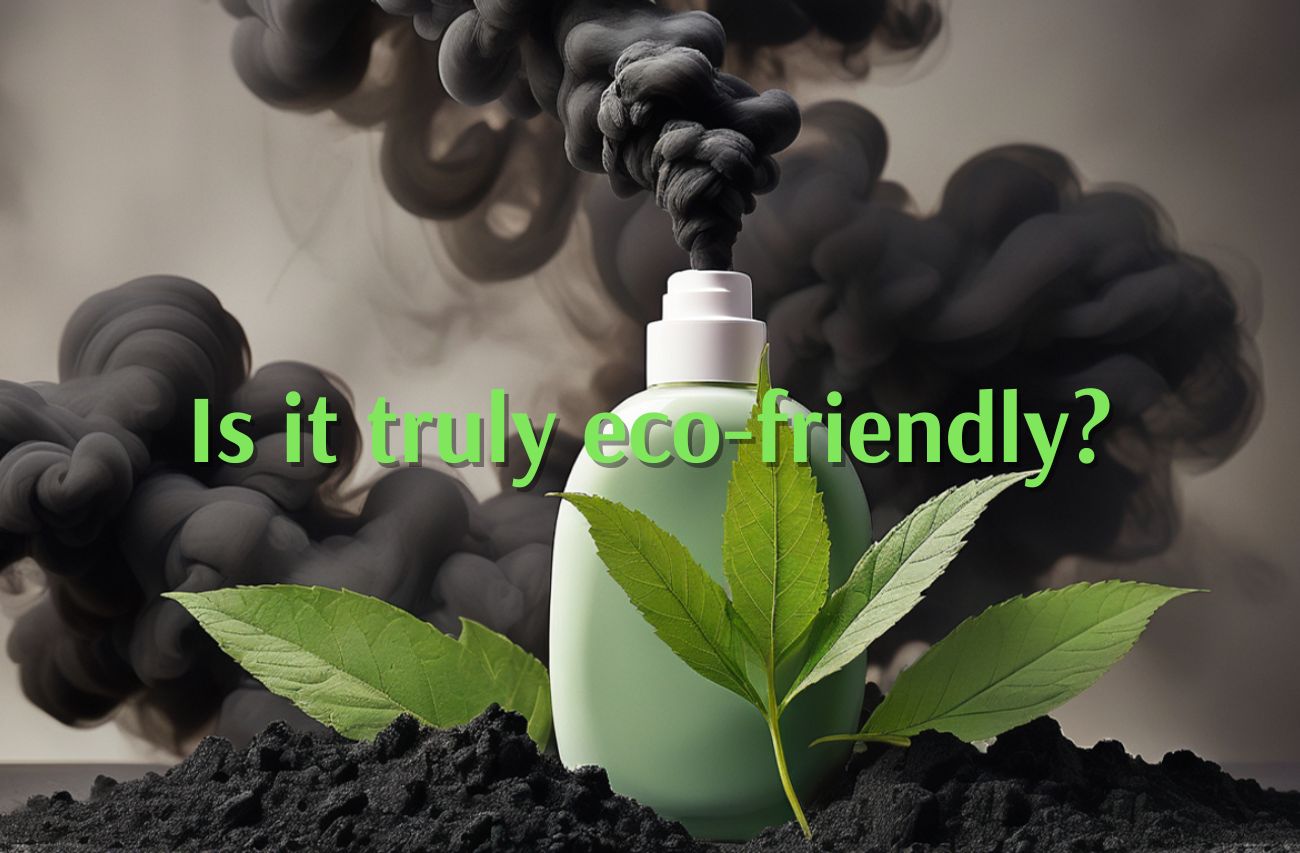Aluminium, artisans, B2B, B2B sourcing, Bamboo, Boutique, Brass, Cane, care, cashmere, ceramic, Chiffon, copper, Cork, Cotton, Denim, dry clean, durable, e-commerce, Eco leather, eco-awareness, eco-conscious, eco-friendly, Eco-materials, Faux Leather, Handcrafted, handmade, heritage, jute, marble, MDF, muslin, Plant fibers, Qalara, Semi-precious stones, silver, soapstone, Stainless Steel, sustainability, sustainable, Terrazzo stone, Vegan, Vegan Leather, Velvet, wash, wholesale, Wood, wool
Gauri Sawant
Gauri is an experienced B2B & e-commerce content marketer who likes to walk and thinks words are truly wondrous.




















Leave a Reply